
The United States of America
Part 1. The USA in brief
Warming-up
1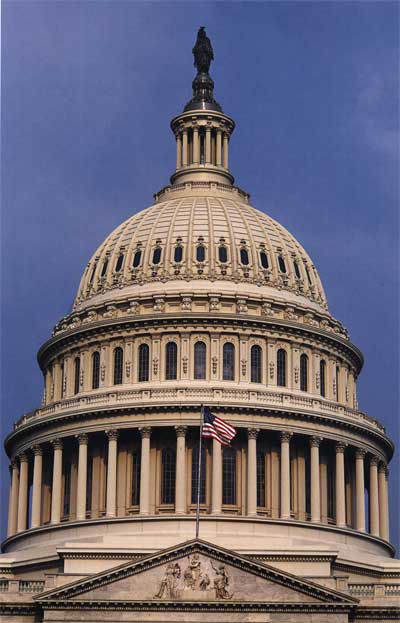
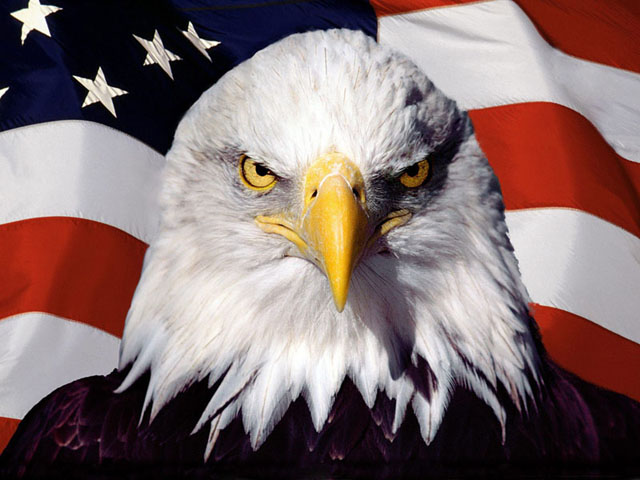
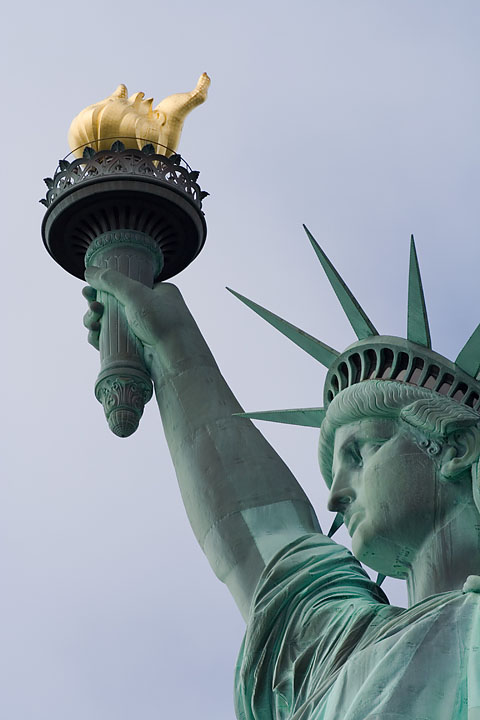 .
What do you know about the things depicted in the pictures?
.
What do you know about the things depicted in the pictures?
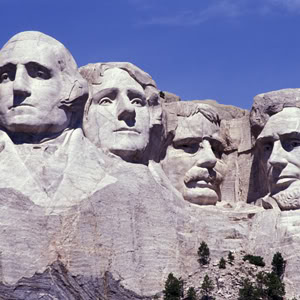
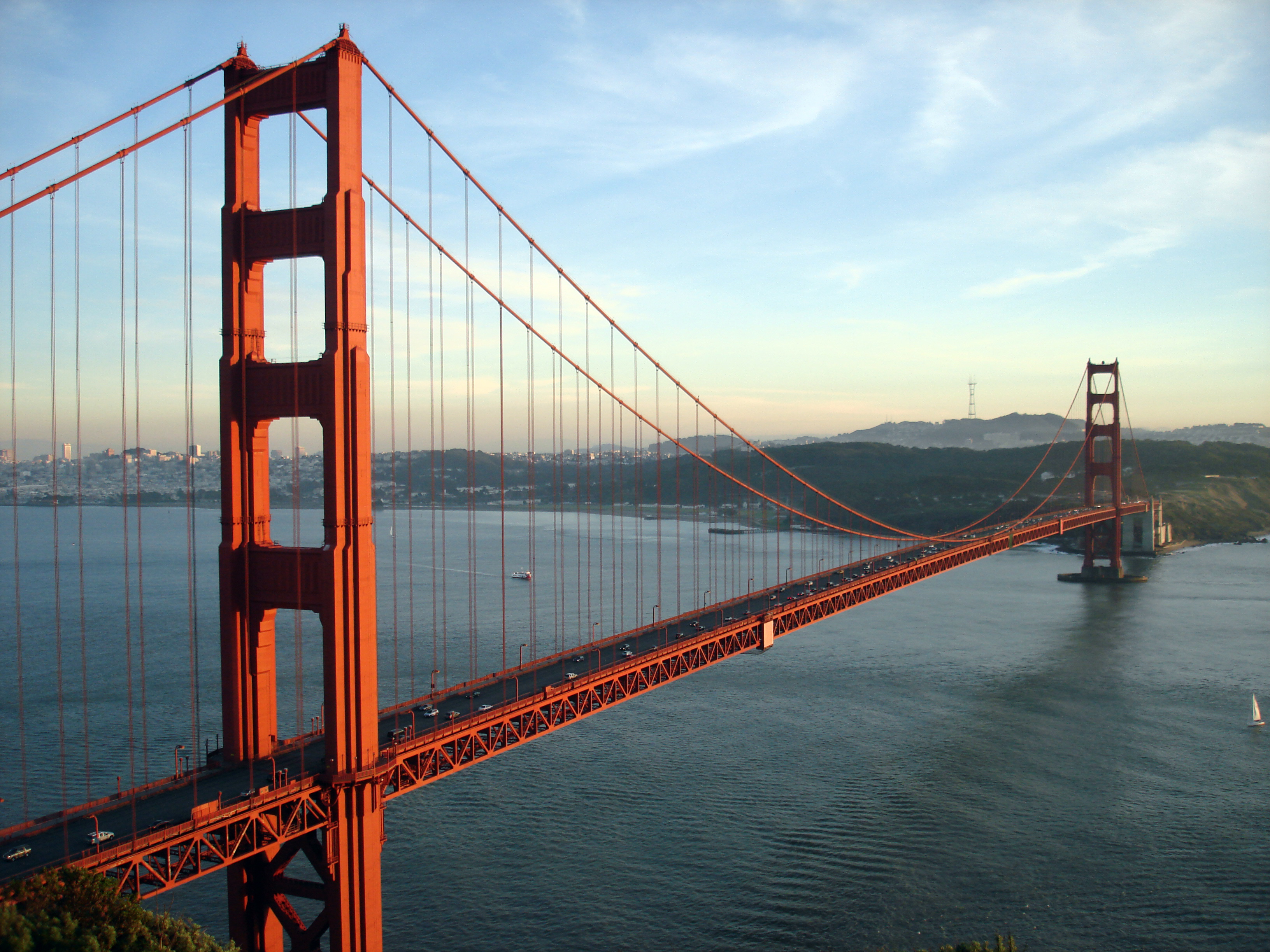
2. To become an American citizen, an immigrant must pass the citizenship test. Here are some questions. Can you pass the test?
1. What are the colors on our flag?
2. What is the fourth of July?
3. Who helped the Pilgrims in America?
4. Which president freed the slaves?
5. Why are there 100 senators in the senate?
|
6. Who becomes president of the United States if the president dies?
7. What are the 49th and 50th states of the Union?
8. How many terms can a president serve?
9. Why did the Pilgrims come to America?
|

II. Reading the usa in brief
The images of the country that named itself after a continent are embedded in the mind of every traveller: endless highways cutting through shimmering deserts; forests of skyscrapers towering over urban jungles; acres of beaches dotted with surfboards and suntanned skin; high mountain peaks and green river valleys; magnificent feats of engineering, from the Brooklyn Bridge to the Hoover Dam. The country’s emblems are so familiar that they constitute as much a part of the world’s culture as its own – Lady Liberty, the Grand Canyon, the Empire State Building, the US Capitol, the “Hollywood” sign . . . the list goes on. But what’s most surprising, perhaps, is how such an initially daunting land can prove so enticing – its vibrant mix of peoples, striking landscapes and city skylines, and rich musical, cinematic, and culinary heritage seduce almost every visitor in the end. And for all of its pride and bluster, the USA can be a land of quiet nuances: snow falling on a country lane in Vermont, cherry trees blooming under Washington memorials, crocodiles swimming through the bayou. You could easily plan a trip that focuses on the out-of-the-way hamlets, remote wilderness, eerie ghost towns, and forgotten byways that are every bit as “American” as its showpiece icons and monuments.
Geography
The United States of America lies in the central part of the North American continent with the Atlantic Ocean to the East, the Pacific to the West, Canada to the North, and Mexico and the Gulf of Mexico to the South. It is a federal republic of 50 states. There are 48 conterminous states, the other two states, Hawaii and Alaska, are situated respectively in the tropical part of the Pacific Ocean and near the Arctic circle. The 50 states form an area of 3,615,122 square miles, making the United States the fourth largest country in the world.
The country naturally presents a tremendous variety in physical features (and climate), ranging from moist rain forest to arid desert and bald mountain peaks. Mountain McKinley in Alaska at 20, 320 feet (6,194 metres) is the highest point in the United States, while part of Death Valley in California is 282 feet (89 metres) below sea level.
The eastern coast of the United States is a long, gently rolling lowland area known as the coastal plains. These coastal plains, which stretch from Maine to Texas, are very flat and often swampy. In general the soil is very poor, except in the fertile southern part, where the plain reaches many miles inland.
At the western edge of the Atlantic coastal plain, there is a chain of low, almost unbroken mountains, stretching from the northern part of Maine southwest into Alabama, called the Appalachian Mountains. These mountains contain enormous quantities of easily accessible coal and iron. The Piedmont hills, to the east of the main peaks, are the most highly productive agricultural land in the country after the Midwest.
The heart of the US is a vast plain, broken by the Superior Upland and Black Hills in the north and the Ozark Plateau in the south, which extends from Central Canada southwards to Mexico and from the Appalachian Mountains westwards to the Cordillera. These interior plains, which rise gradually like a saucer to higher land on all sides, are divided into two major parts: the wetter, eastern portion is called the Central Plains and the western portion the Great Plains, both of which have good soil.
To the west of the Great Plains is the Cordillera, which accounts for one-third of the United States. It is a region of tremendous variety, which can be sub-divided into various other regions. On its eastern border the Rocky Mountains, a high, discontinuous chain of Mountains stretching from mountainous Alaska down to Mexico, rise sharply from the Great Plains. These rugged mountains contain many important metals such as lead, uranium and gold.
The western edge of the Cordillera is characterized by a coastal chain of high mountains, among which there are broad, fertile valleys. The most important ranges are the Sierra Nevada and the Cascades in the eastern part and the Coastal Ranges along the western coast.
Hawaii is a chain of twenty islands, only seven of which are inhabited. The mountainous islands were formed by volcanic activity and there are still a number of active volcanoes.
The US has several immensely long rivers. There are a large number of rivers in the eastern part of the nation, the longest of which is the Missouri (3,942 km), a tributary of the Missippippi (3,760 km). Two other tributaries of the Mississippi – the Ohio and Tennessee – are more than 1,250 km long. The two great rivers of the Pacisic side are the Colorado and the Columbia.
Climate
Virtually every type of climate can be found somewhere in the United States – from arctic in Alaska to subtropical in Florida. The climate is not generally temperate. Most of the country has a humid continental climate with hot summers and cold winters, while the lack of natural barriers either to the north or the south allows cold, dry air to flow south from Canada and warm, humid air north from the Gulf of Mexico. The southwest portion of the Great Plains the hottest and most arid region of the United States, with precipitation, mostly in the form of summer showers.
The Pacific coast is almost rainless in summer, although there is often fog. In the winter there is frequent drizzle, but the climate remains generally warm and dry, especially in California.
Natural resources
The United States possesses vast non-fuel natural resources. The major resource is iron, three-quarters of which comes from the Lake Superior region of the Great Lakes. Other basic metals and minerals mined on a large scale are zinc, copper, silver and phosphate rock. The United States produces one-quarter of the world’s coal and one-seventh of its petroleum, with sufficient coal reserves to last for hundreds of years.
The government of the USA
The government of the USA has three separate but equal branches: Congress, the President, and the Supreme Court. Women were given the vote in 1920 and all Americans can now vote when they are eighteen years old. Congress makes the laws. There are two 'houses' of Congress: the Senate and the House of Representatives. There are a hundred people in the Senate (two from each state) and they are elected for six years. There are 435 people in the House of Representatives, and they are elected for two years only. States with more people, like California, Washington DC have more Representatives. Some states, like Wyoming or Delaware, which do not have many people, only have one Representative. The President is head of the departments of government which carry out the laws. He (until now the president has always been a man) is the leader of the country (like a king or queen) and head of the army. He is elected for four years, and can only be elected twice. He can say 'no' to laws passed by Congress (but Congress can also say 'no' to him), and he chooses the judges for the Supreme Court. He lives and works in the White House in Washington DC. The Supreme Court is the most important court in the country and has nine judges; their job is to decide what the laws mean. They can also say that Congress has made a law which is wrong, or that the President has done something wrong. The USA is a union of fifty states, and as well as the national government in Washington, each state has its own government. Laws can be very different from one state to the next. They say very different things about, for example, how old you must be to vote, get married, leave school or drive a car. Different states punish criminals differently too; in some states, you can be killed for murdering someone, in others you only go to prison.
Uncle Sam is a well-known nickname for the American Government. It rose during the War 1812, when Samuel Wilson was an inspector of provisions destined for the American Army, at Troy. The abbreviation of “US” marked on the casks, was then unfamiliar to the people, and one of the workmen spread the facetious saying that it meant “Uncle Sam” Wilson. The old joke about “Uncle Sam” was carried from camp-fire to camp-fire, and permeated all the armies in the field.
